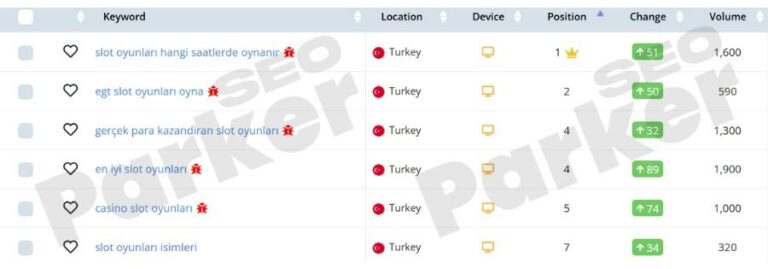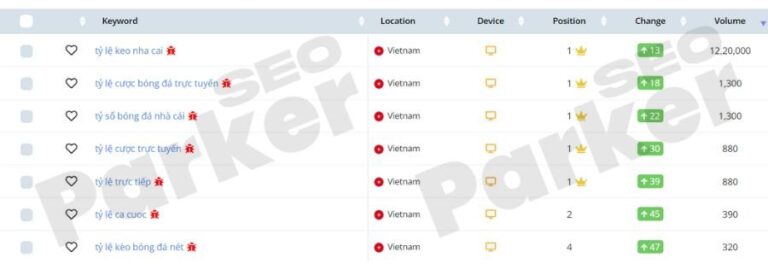The Impact of Stock Photography on Search Ranking
- A recent tweet from one of Google’s executives, John Mueller, prompted a new approach from SEO professionals in the use of images for SEO purposes.
- In a recent exchange of tweets, someone reached out to John Mueller and asked him what he thinks about the usage of stock images and whether they affect ranking. His response was pretty decisive – “It doesn’t matter for web-search directly.”
So, what does that mean?
- For many SEO professionals, it is a confirmation of a long-standing thesis that Google doesn’t see stock images as unoriginal content. Just because someone else used that stock photo, Google won’t penalize your page.
- In any case, if Google penalized everyone for the usage of stock photos, half the internet would never rank.
- Just go through most high ranked web pages on pretty much any given topic and you will see how reliant they are on stock photos.
But, what did Mueller mean with that last word – directly?
This is a fair point. Why didn’t he end his tweet by just saying “It doesn’t matter for web-search”?
- Well, we figure he was trying to make another point which explains the indirect part. He wanted to make a point about the potential impact of the image on users.
- The best way to answer this is by asking yourself questions such as does this photo accurately represents the given topic? Another potentially revealing question is if the photo help with the conversion.
- To further simplify this, it is about the photo being relevant and conversion – two factors that can only improve your search ranking. Those are the indirect factors that can influence your ranking.
In conclusion
- Stock photography is not unoriginal content, at least not in the all-seeing Google. Have fun with the millions of stock photos available to you.
- Just, same as every other resource, use them wisely and mind “the little things” such as conversion and relevance.




























